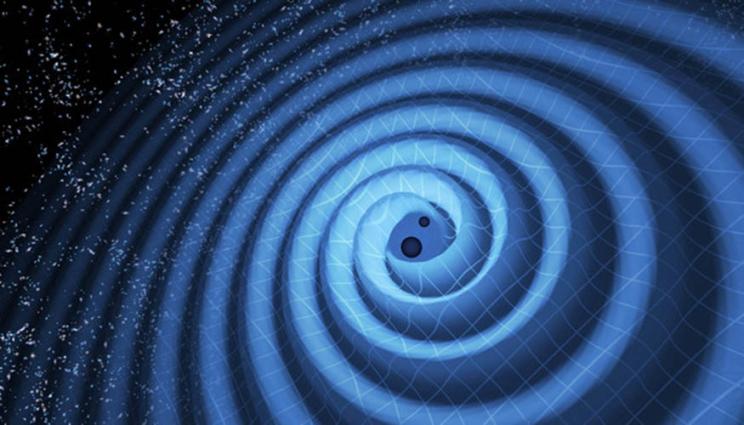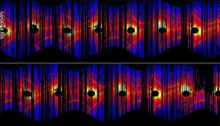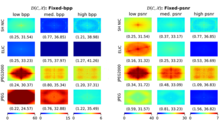LLNL-led team uses machine learning to derive black hole motion from gravitational waves
To understand the motion of binary black holes, researchers have traditionally simplified Einstein’s field equations and solved them to calculate the emitted gravitational waves. The approach is complex and requires expensive, time-consuming simulations on supercomputers or approximation techniques that can lead to errors or break down when applied to more complicated black hole systems.
Along with collaborators at the University of Massachusetts, Dartmouth and the University of Mississippi, an LLNL mathematician has discovered an inverse approach to the problem, a machine learning-based technique capable of automatically deriving a mathematical model for the motion of binary black holes from raw gravitational wave data, requiring only the computing power of a laptop. The work appears online in the journal Physical Review Research. Read more at LLNL News.







